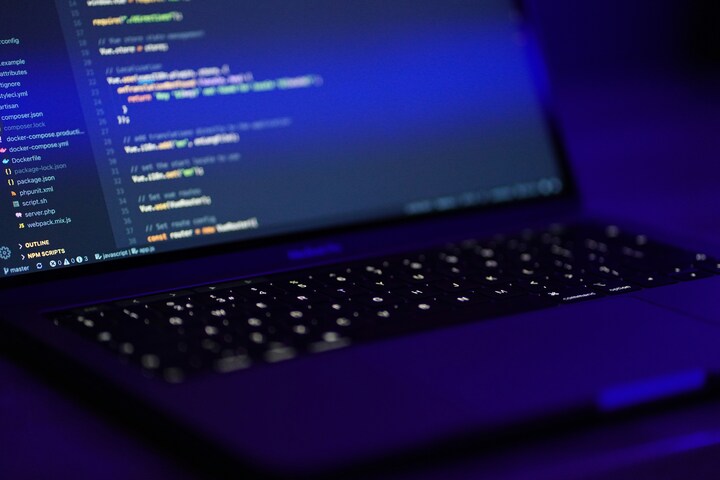
Welcome to the world of Laravel, where building web applications is a breeze! But hey, even in this developer’s paradise, errors can sneak in when we least expect them. Fear not though, because today we’re diving into the realm of error handling in Laravel. From common hiccups to custom solutions, get ready to master the art of troubleshooting like a pro!
Common Types of Errors in Laravel
Errors are an inevitable part of software development, and Laravel is no exception. One common error that developers encounter is the infamous 500 Internal Server Error, which can be caused by various issues such as syntax errors or server misconfigurations. Another frequent error is the 404 Not Found error, indicating that a requested resource could not be found on the server.
Validation errors are also prevalent in Laravel applications when users input incorrect data into forms, triggering validation rules set by developers. Additionally, database-related errors like SQL syntax errors or connection failures can hinder the smooth operation of your Laravel project.
Handling these common types of errors effectively is crucial for ensuring a seamless user experience and maintaining the overall functionality of your application.
Built-in Error Handling in Laravel
When working with Laravel, you can rely on its built-in error handling mechanisms to streamline the debugging process. The framework comes equipped with a clean and organized approach to managing errors, making it easier for developers to identify and resolve issues efficiently.
Laravel’s built-in exception handler allows you to catch exceptions and handle them gracefully. By leveraging this feature, you can customize how errors are displayed to users, ensuring a seamless user experience even when something goes wrong.
Additionally, Laravel provides detailed error messages that pinpoint the exact location of the issue within your codebase. This level of specificity saves time during troubleshooting by directing you straight to the root cause of the problem.
Moreover, Laravel offers robust logging capabilities that record all errors in log files for future reference. This proactive approach enables developers to track patterns of recurring errors and implement preventive measures effectively.
In essence, Laravel’s built-in error handling functionality acts as a reliable safety net for your applications, promoting smoother development workflows and enhanced user satisfaction.
Custom Error Handling in Laravel: How to Create Your Own Error Pages
One of the key advantages of using Laravel is the ability to customize error pages to provide a more user-friendly experience. When creating your own error pages, you have the flexibility to design them according to your brand’s aesthetics and tone.
To create custom error pages in Laravel, you can start by generating the views for each type of error you want to handle. This allows you to tailor the content and layout specifically for 404 errors, 500 errors, or any other HTTP status codes.
Next, you can define custom routes in your `web.php` file that point to these custom error views. By setting up these routes, Laravel will automatically display your personalized error pages when an appropriate HTTP status code is triggered.
Remember to consider including helpful information or links on your custom error pages to guide users back on track. A well-designed and informative error page can make a significant difference in retaining user engagement on your website.
Best Practices for Error Logging and Monitoring
Error logging and monitoring are essential aspects of maintaining a robust Laravel application. By implementing best practices in error handling, you can ensure that any issues are quickly identified and resolved before they impact the user experience.
One key practice is to set up comprehensive logging mechanisms within your Laravel project. Utilize tools like Monolog to log errors, warnings, and debug information effectively. This allows you to track down issues efficiently and make necessary adjustments.
In addition to logging errors, it’s crucial to monitor your application actively. Implement services like Bugsnag or Sentry to receive real-time notifications when errors occur. These tools provide valuable insights into the root cause of issues, allowing you to address them promptly.
Regularly review your error logs and monitoring reports to identify patterns or recurring issues. By staying proactive in managing errors, you can maintain a stable and reliable Laravel application for your users.
Making Error Handling a Priority in Your Laravel Projects
Making error handling a priority in your Laravel projects is crucial for ensuring the stability and reliability of your applications. By implementing quick and effective error handling strategies, you can enhance the user experience, identify issues promptly, and streamline the debugging process. Remember to leverage both built-in and custom error handling mechanisms, as well as adopt best practices for error logging and monitoring. With a proactive approach to error handling, you can minimize downtime, improve performance, and ultimately deliver high-quality software solutions to your users.